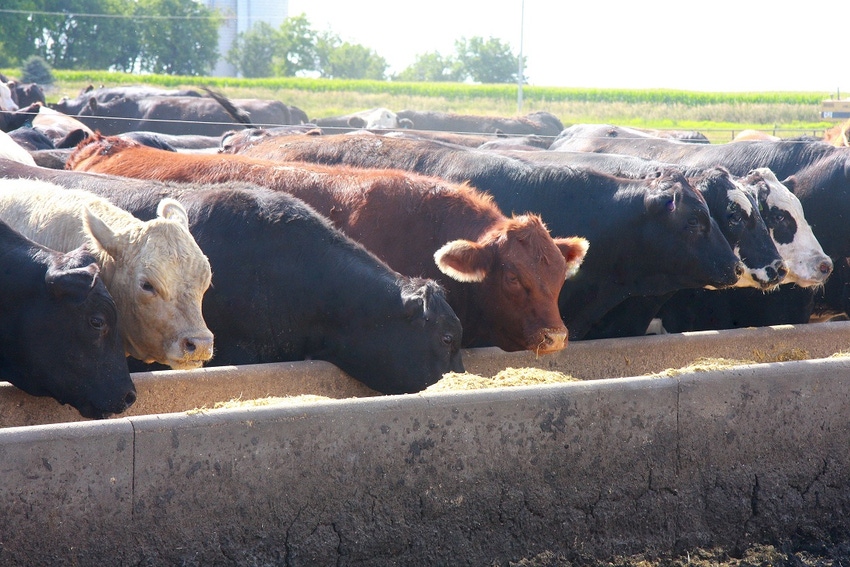Net energy for gain value of hybrid rye is approximately 84% of that of dry-rolled corn.

With increased opportunities for crop rotation diversity in integrated crop/livestock production systems, cereal rye may hold important attributes for consideration in such systems, according to South Dakota State University researchers.
For example, rye can be grazed or harvested as forage or as grain, and newer hybrid rye germplasms have enhanced yield potential and decreased ergot incidence, W.C. Rusche, J.A. Walker, P. Sexton and Z.K. Smith with South Dakota State University and R.S. Brattain with KWS Cerealas USA LLC wrote in an accepted manuscript in Translational Animal Science.
Rusche et al. noted that in the past, cereal rye has not been considered suitable for use in feedlot rations because of the negative effects of ergot ingestion and observed decreases in dry matter intake. However, they pointed out that the newer hybrid rye germplasms may alleviate those concerns.
They conducted an experiment to determine the effects of hybrid rye inclusion on dry matter intake, growth performance and feed efficiency in finishing beef steers and to estimate net energy value.
Rusche et al. used 240 crossbred beef steers with a high percentage of Angus ancestry and an initial shrunk bodyweight of about 404 kg in a 117-day feedlot experiment to evaluate the effect of hybrid rye as a replacement for dry-rolled corn (DRC).
Rye from a single hybrid (KWS Bono) with an ergot alkaloid concentration of 392 parts per billion was processed with a roller mill to a processing index (PI) of 78.8, Rusche et al. said. Four treatments were used in a completely randomized design of six pens per treatment and 10 steers per pen, where DRC (PI = 86.9) was replaced by varying proportions of DRC to rye: 60:0, 40:20, 20:40 and 0:60.
According to Rusche et al., replacing DRC with rye linearly decreased (P < 0.01) carcass-adjusted final bodyweight, average daily gain, dry matter intake and gain:feed. Feeding rye also linearly decreased hot carcass weight and longissimus muscle area (P < 0.04).
However, Ruche et al. reported that distributions of liver scores and U.S. Department of Agriculture grades for quality and yield were unaffected by treatment (P > 0.09).
Estimated replacement net energy for maintenance (NEm) and net energy for gain (NEg) values for rye when included at 60% of diet dry matter were 1.90 and 1.25 Mcal/kg, respectively. Estimated replacement values of rye fed at 60% of diet dry matter closely agreed with current tabular standards, but when included at 20% of diet dry matter, estimated NEm and NEg values of rye were increased 9.5% and 12.8%, respectively, the researchers said.
Rusche et al. concluded that the NEg value for hybrid rye is approximately 84% compared to DRC, so complete replacement of DRC with rye depressed intake, gain, feed efficiency and carcass weight. However, taking those values into consideration, they said hybrid rye can be a suitable feed ingredient in finishing diets for feedlot steers.
About the Author(s)
You May Also Like

.png?width=300&auto=webp&quality=80&disable=upscale)

